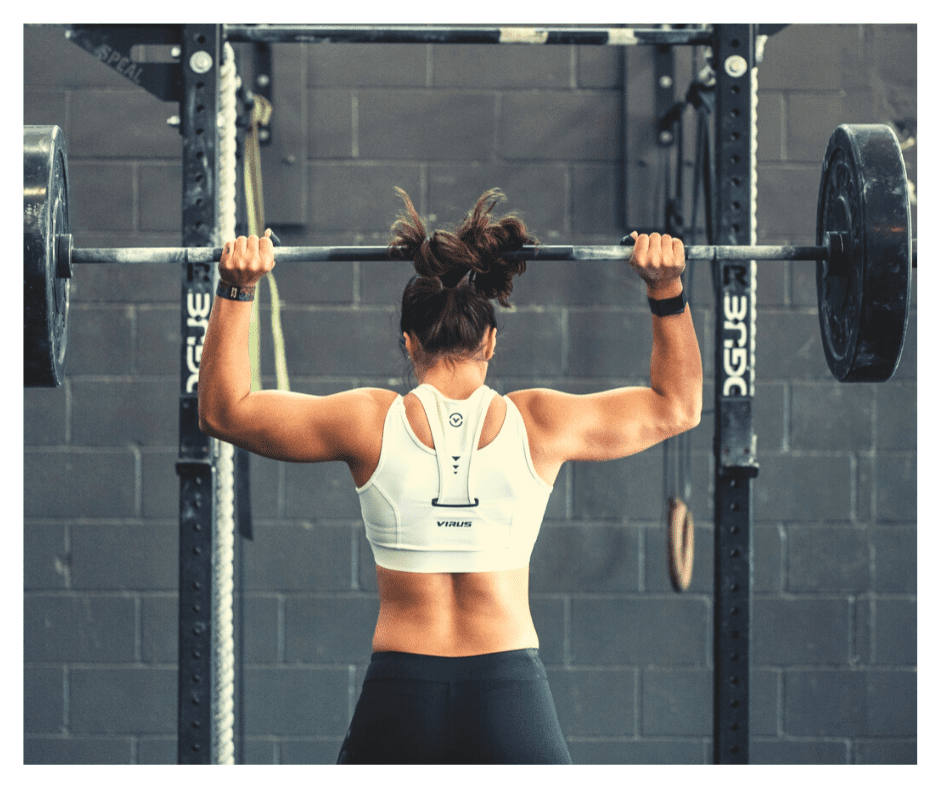
Strength training is becoming increasingly popular and the number of fitness clubs is growing at a dizzying pace. No wonder! In the age of sedentary lifestyles, people need healthy exercise, not only to sculpt their figures, but also to avoid pain. Stagnant muscles, tendons and spinal columns will sooner or later give out. We are increasingly aware of this and are taking more and more steps to prevent it. One option is regular strength training.
Before we head to the gym, however, we have a number of decisions to make. Where we will exercise, what exercises we want to do and under whose guidance. Equally important is what kind of training shoes we choose. The wrong choice can result in joint injuries, pain in the knees or hips.
What shoes for the gym?
Gym shoes must meet several very important criteria. Before describing each of these, it is worth pointing out that it is a mistake to suggest what shoes others wear to train. It is enough to enter the hall of any fitness club to quickly see the lack of unanimity among exercisers. Some train in ordinary trainers, others put on cushioned running shoes, and still others exercise in flip-flops or even bare feet. So let’s not look at what shoes the people accompanying us to training are wearing, or what shoes the so-called ‘majority’ wear to the gym. The most important thing is our safety and health. Let’s rely on the opinions of experts.
Podiatrists and trainers agree: depending on the type of exercise you are doing and how important your feet are, you should wear training shoes that support foot stability and protect your feet from injury.
Which weightlifting shoes?
While traditional cushioned running shoes work well for endurance training, on the treadmill or during cardio, they are not recommended for standing leg exercises (soldier presses, deadlifts, squats). They do not give the metatarsal bones and heels sufficiently stable support, which can lead to knee collapse or joint injury. Running shoes result in incorrect foot positioning when lifting weights and therefore cause significant stress on the knees and spine.
In addition, much of the force we put into lifting the barbell is cushioned, leading to significant energy loss.
Special shoes designed for strength training called lifters come to the rescue. These are shoes with a stiff sole, in which the heel is slightly higher than the toes, which helps people who have difficulty performing squats and deadlifts.
However, if there is nothing wrong with us and we just want to practice weightlifting safely, the best choice will be to exercise barefoot or in minimalist shoes.
This will also be a practical choice. After all, lifters are not suitable for running, and it will be dangerous to lift weights in running shoes. Minimalist shoes, such as the Explorer model, will work well for either activity.
Minimalist shoes for weight training
Minimalist shoes provide us with better contact with the ground, which promotes proper body balance and helps the feet to maintain the correct position. When exercising in such footwear, the feet and lower legs exert more effort, so we get even better results from our training. Barefoot shoes also have the advantage of being extremely breathable and flexible. They allow the foot to move naturally. They have a fair amount of space in their forefoot, providing the toes with the freedom to flatten out on the ground when performing strength exercises. Their completely flat sole (so-called zero drop) means that all the force is transferred directly to the ground (without the loss of energy that occurs when exercising in running shoes).
Minimalist shoes are recommended for all fitness club-goers, but especially for those who focus their efforts around weightlifting. As an alternative, you can train barefoot
(or in special protective sports socks).
Sources:
https://www.howtobeast.com/best-shoes-for-lifting/
https://www.bodybuilding.com/fun/feats-of-feet-minimalist-shoes-and-strength-training.html

Leave a Reply